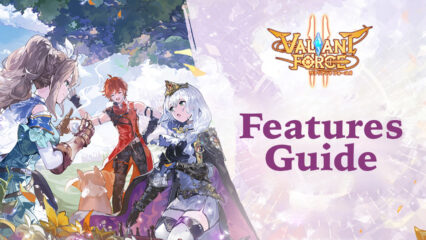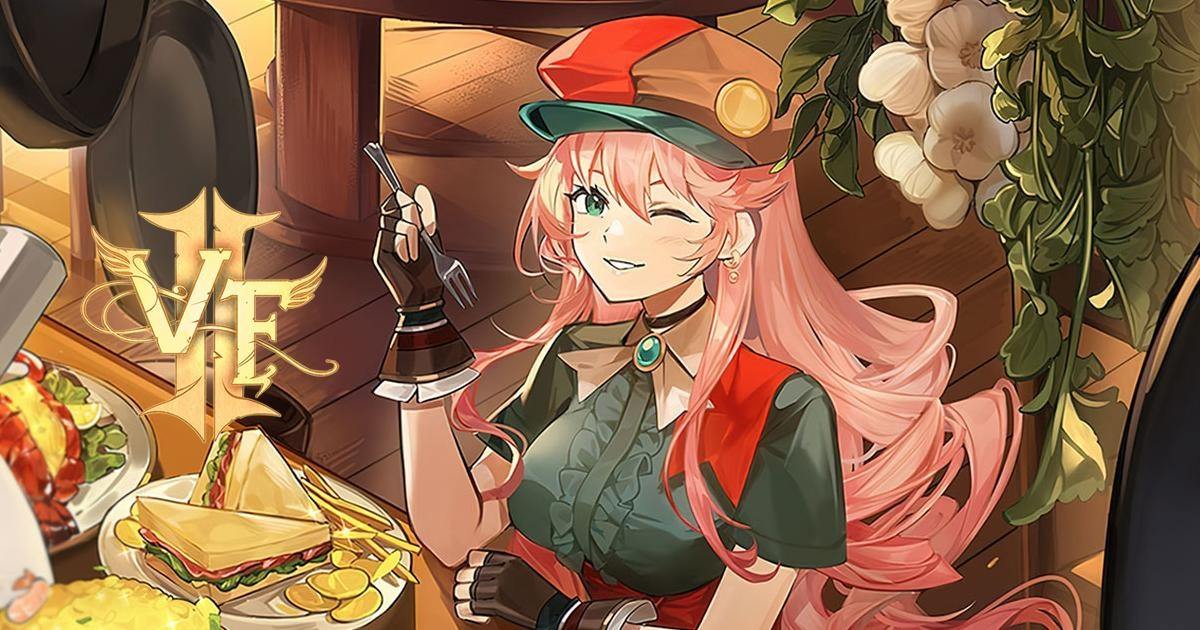Valiant Force 2 Beginner’s Guide with the Best and Tricks to Get Started on the Right Track
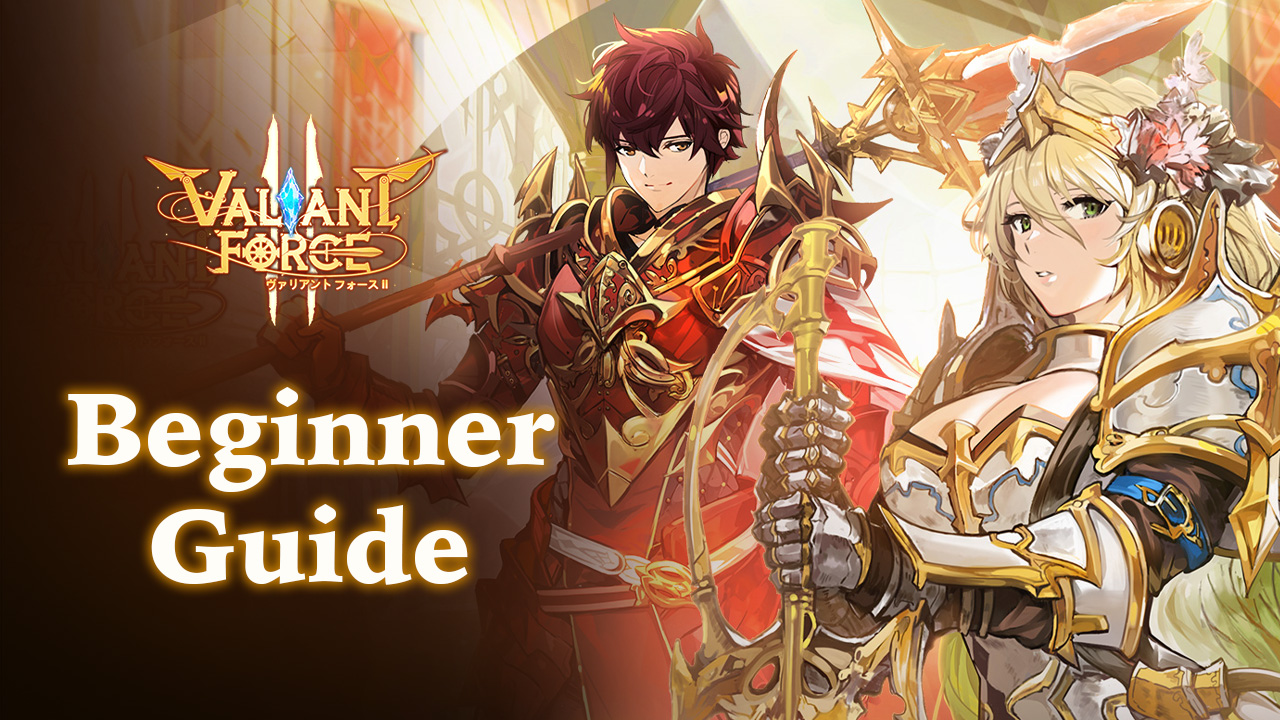
Valiant Force 2 is a breath of fresh air amidst a sea of copycats and derivative titles, whose gameplay mechanics are quite unique, or at least very rarely seen on this platform. Resembling other games like Langrisser of Fire Emblem Heroes, Valiant Force 2 revolves around tactical RPG gameplay in which characters are placed on a grid and take turns moving and attacking. The result are fights that can be quite engaging, especially as you unlock better characters and gain access to more complex strategies.
Table of Contents
- Play on BlueStacks to Enjoy the Best Gaming Experience on PC
- The Combat System
- Character Types and Roles
- Auras and Passives
- The Job System
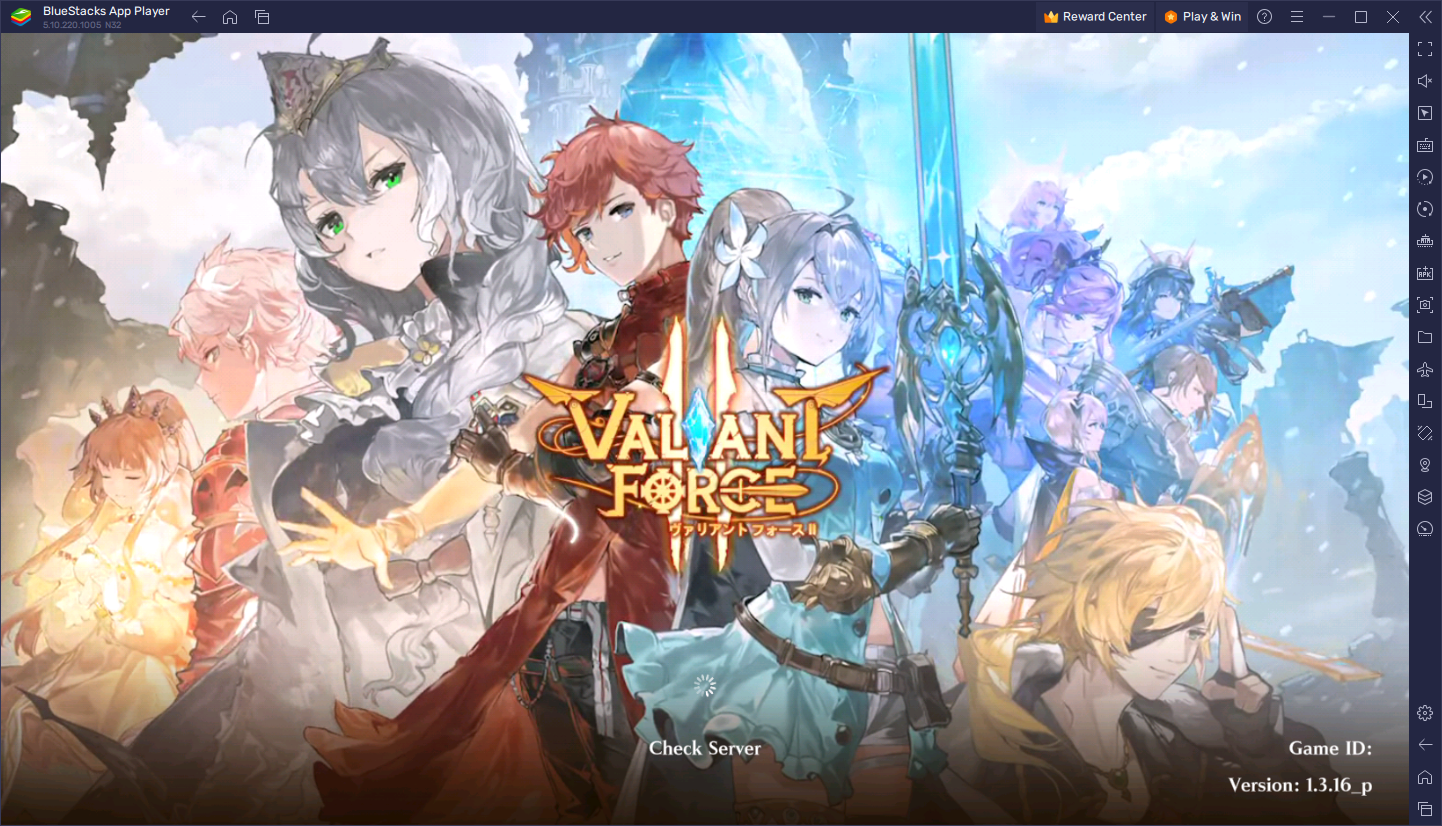
It’ll be a while before you get access to those complex strategies, however, as the first chapters and battles are dedicated to teaching the basic mechanics and upgrade systems. Nevertheless, the progression in this game can be somewhat confusing if you’re new to it, or new to mobile gaming, in general. For this reason, we’ve decided to write this Valiant Force 2 beginner’s guide where you can find useful info that will help you to get a good start in this new game.
Let’s begin!
Play on BlueStacks to Enjoy the Best Gaming Experience on PC
Before jumping into the beginner’s guide itself, we feel that it’s always important to mention that, if you want to enjoy the best mobile gaming experience, then you should definitely playing Valiant Force 2 on PC with BlueStacks, as our Android app player not only gives you the best performance and graphics on your large computer monitor, but it’s also loaded with myriad tools and features to significantly enhance your gameplay, such as by helping you to reroll much faster, by giving you a superior control scheme using your mouse and keyboard, and even by letting you play on the highest settings without any of the shortcomings of gaming on phones.
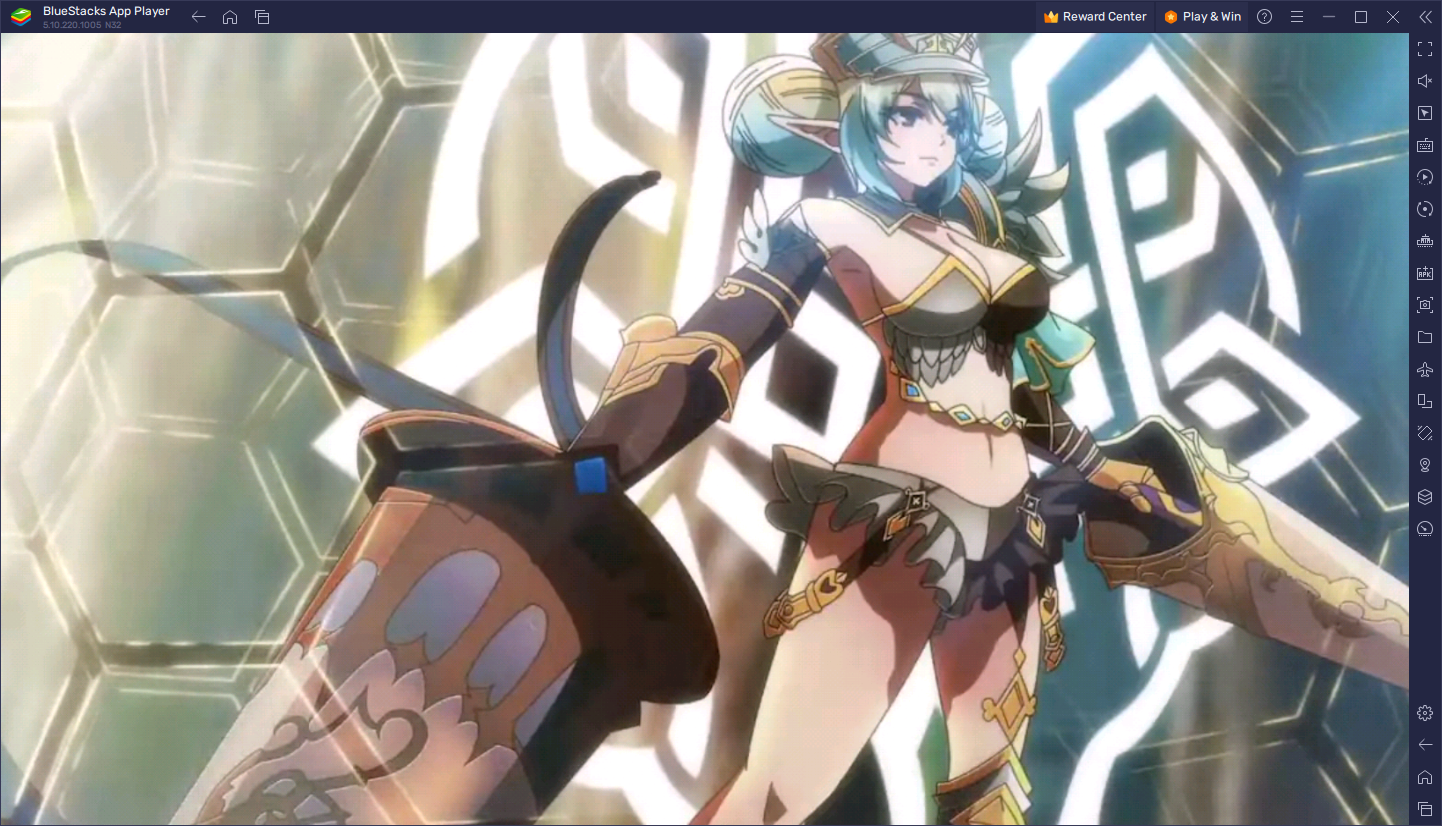
The best part about playing on BlueStacks is how easy it is to get started, taking just a few clicks and a couple of minutes of your time. Check out our PC setup guide for Valiant Force 2 if you want to learn more about this process. Additionally, once you’ve installed it, we recommend reading out BlueStacks usage guide for Valiant Force 2 to learn how to use some of our most important tools in order to enhance your experience with this game.
The Combat System
The main selling point of Valiant Force 2 is, without a doubt, its combat system. In contrast to other gacha RPGs where the point is to create a good squad and subsequently rely on auto-combat to farm and grind, Valiant Force 2 has a combat system that actually makes you want to play manually, which actually says a lot.
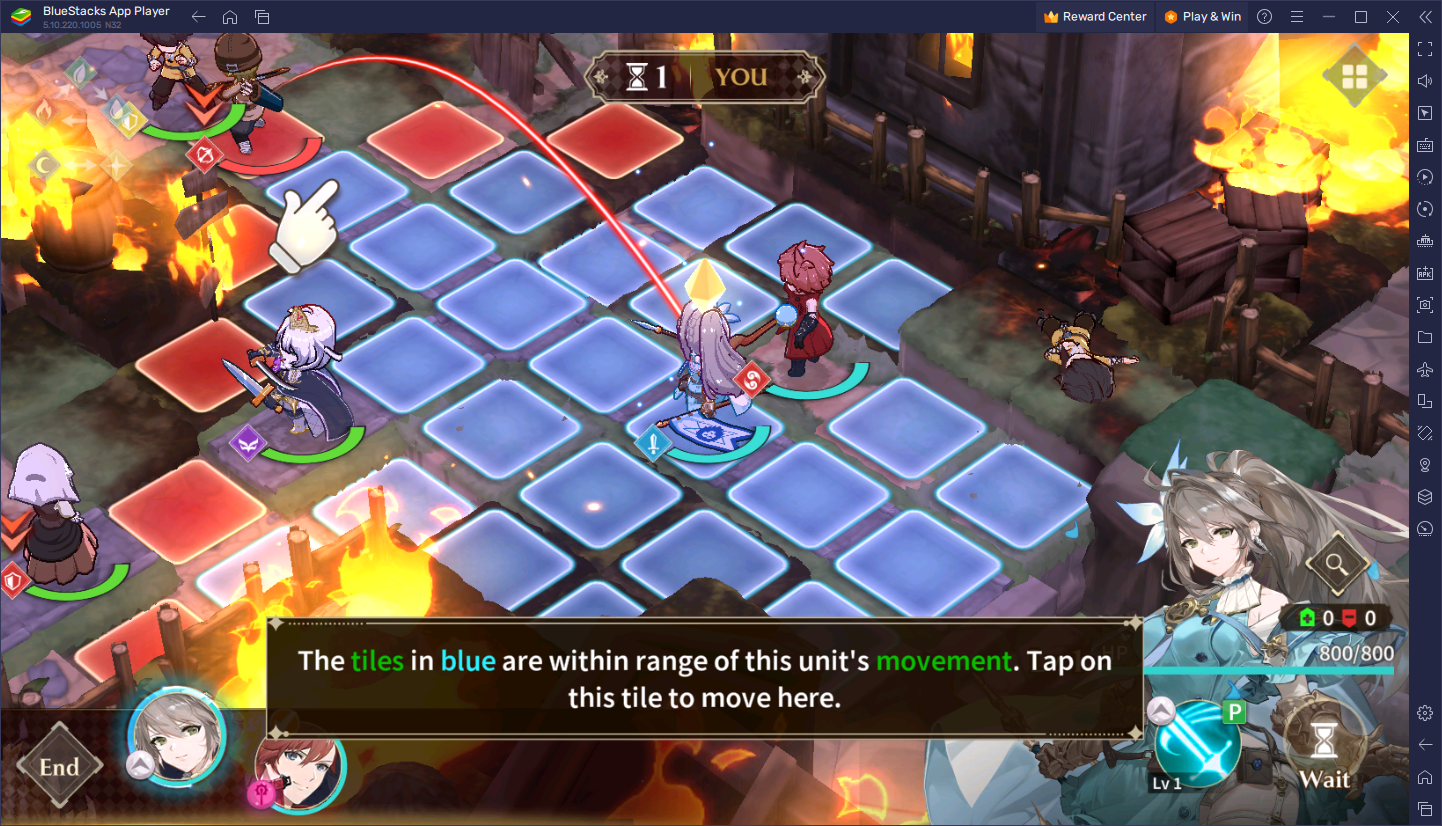
If you’ve played tactical RPGs like any game in the Fire Emblem series, or perhaps Langrisser on mobile, then you’ll find that the standard combat system in Valiant Force 2 is pretty similar: The combat here takes place on a grid where both your characters and the enemy units take turns moving, attacking, and using skills. The turns themselves are like in Fire Emblem, where when it’s your turn, you can move all your units in the desired order, and your turn ends once you’ve moved and attacked with each character.
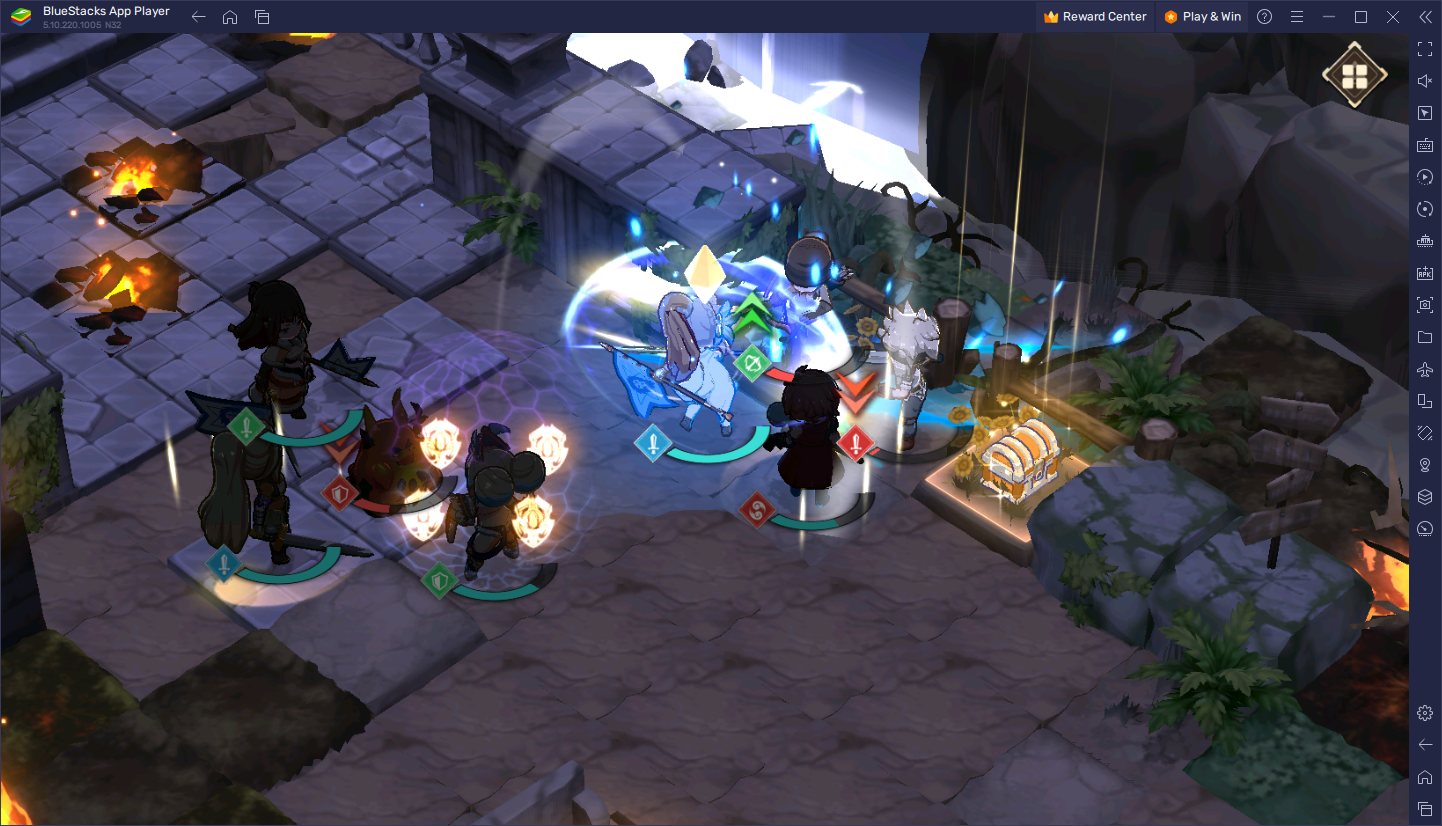
The idea of each fight, in general, is to defeat all enemies, though some fights might have different completion objectives. Nevertheless, fighting is all but assured when it comes to the gameplay, so you should always bring your best characters and formations to combat.
Speaking of which…
Character Types and Roles
There are different types of characters in Valiant Force 2, which in turn will determine their roles in combat. Specifically, there are five types of characters in this game:
- Guardian: The tanks of the group, with passives and skills that help them withstand more damage and keep their allies safe from harm.
- Champion: Frontline fighters that use martial prowess and raw strength to fight their enemies.
- Shadow: Stealthy units that sneak behind enemy lines to exploit enemy weaknesses and take down high value targets with surgical precision.
- Mystic: Spellcasters that wield the elements to rain destruction upon their enemies. They specialize in AoE damage and can also provide light support to their allies.
- Healer: Dedicated support heroes that specialize in healing and buffing allies, as well as crippling and debuffing the enemies to soften them up.
- Ranger: Ranged fighters that use long distance weapons to harass enemies from afar.

While there is some degree of flexibility within each character type, most of these will perform specific roles in combat. For instance, the Guardians will almost always be the tanks, while the Champions, Shadow, Mystic, and Rangers will almost always be the DPS heroes. Lastly, the Healers are the dedicated support units responsible for keeping the team healed and performing at their best.
Auras and Passives
A typical squad in Valiant Force 2 can have up to five units. And while you must always try to keep a balance of roles in your formation, so that you can both survive enemy attacks and have enough DPS to defeat them in every stage, there is also another important aspect to consider when putting together your teams: The Aura System.

Auras in Valiant Force 2 are another type of passive bonuses that can grant many different effects to your units depending on how they are arranged on the formation screen. It is quite a complex system that deserves an article in its own right, but what you need to know for now is that each character has an Aura Trigger, and Aura Bearings. The former are the effects that the character can produce when triggered, while the latter determines who will benefit from these effects as per their arrangement on the formation screen.
Aura Bearings are the icons that look like arrows placed on the sides of the character icon, while Aura Triggers are the round symbols on the top right of the character icon. In the screenshot below, the red arrow corresponds to the Aura Triggers, while the blue arrow corresponds to the Aura Bearings.
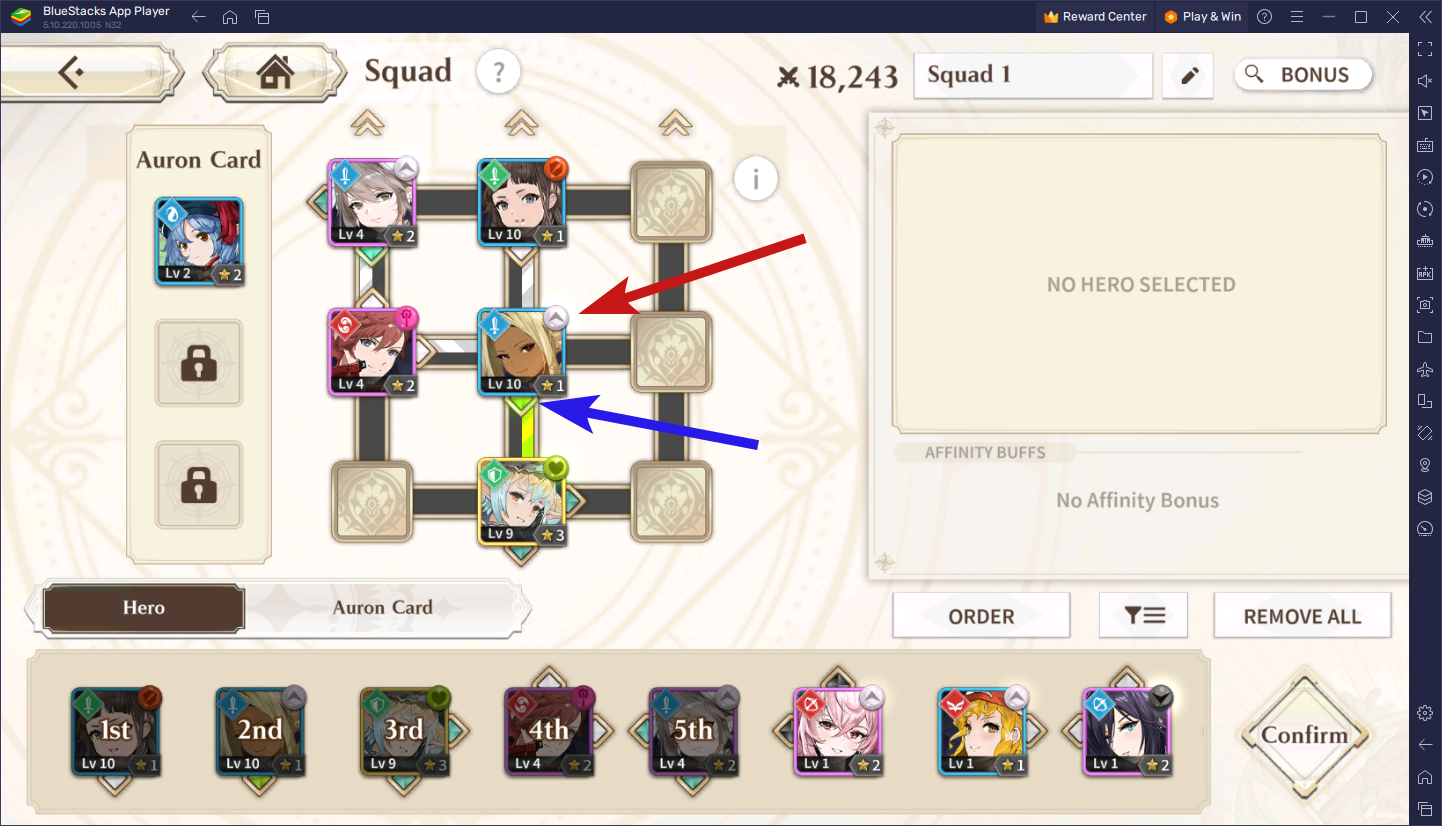
In this example, since our Silvia has a green Aura Bearing and is pointing at Altima, who has a green Aura Trigger, they become linked in a combo. In this manner, once Silvia’s Aura Trigger activates in combat, her passive effect will apply to Altima, since they are linked in the formation screen. However, the same does not apply in the opposite direction, since Altima doesn’t have an Aura Bearing pointing at Silvia, and even if she had, her bearings are green, while Silvia’s Aura Trigger is white. You can always tell when a combo activates because the lines between both characters in the formation screen will fill up and begin flowing in the direction where the combo triggers will combine. For instance, in the above example, the green line connecting Silvia and Altima is flowing from the former to the latter.
In a nutshell, lining up units so that their Aura Bearings correspond to their allies’ Aura Triggers is one of the most important parts of putting together your team, as these combos can be very strong later on. In fact the Aura system is what makes Valiant Force 2 stand out among the rest, as it’s a feature exclusive to this game. Moreover, when used correctly, it’s possible to unleash powerful strings of attacks and buffs that, more often than not, can help you clear battles with ease if you know what you’re doing.
Please check out our Valiant Force 2 Aura System guide if you want a more detailed look on this complex system.
The Job System
Last but not least, while there are only six types of characters in Valiant Force, each of these can be specialized and customized through the Job system, which in turn will allow certain classes to perform different roles, or will help them perform the same role in different, often better, ways.
While each character is different in terms of active and passive skills, they all share common traits within their jobs. For instance, while Silvia and Elva are two different characters, they are both Champions, which means they have the same passive traits. However, by using specific upgrade materials, you can enhance a character’s job and grant them access to further skills in their development path. Moreover, once a job is maxed out, you can unlock new jobs further down the line, which in turn will grant them access to different ways of playing the same character.
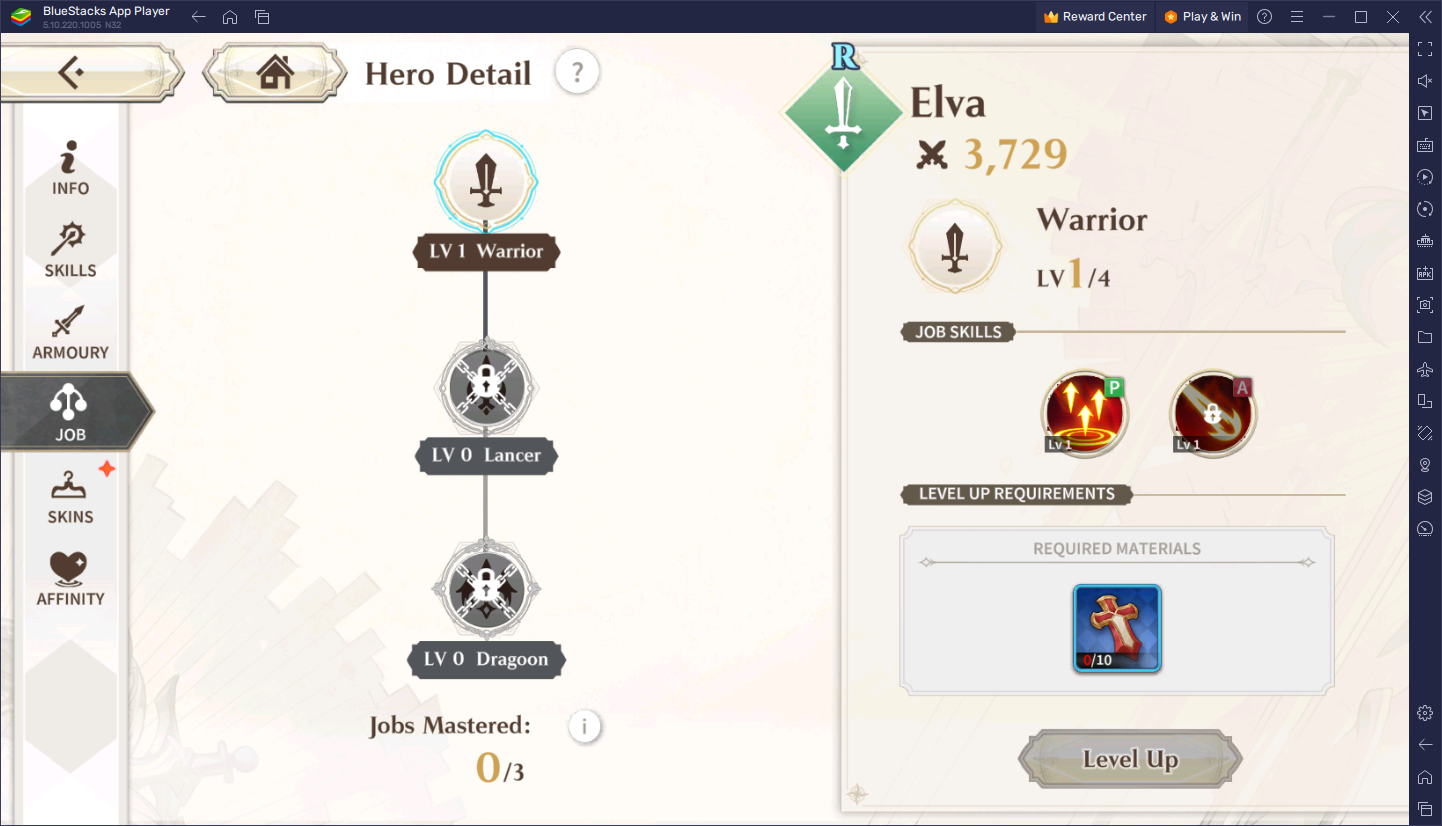
This job progression requires rare materials called Job Relics, which you can receive by playing the game, completing missions, and engaging in a variety of game modes. Nevertheless, they are an important part of your character’s development. Luckily, you can switch between unlocked jobs at any moment, so these decisions are always reversible and even let you tweak your units precisely for the task at hand.
There’s much more to talk about when it comes to Valiant Force 2. However, the things we mentioned in this beginner’s guide are by far the most important to know about as a newcomer to this game. Regardless, we encourage you to share your own suggestions, questions, and tips in the comments below, and also to feel free and check out our blog for more information on this new tactical RPG.



